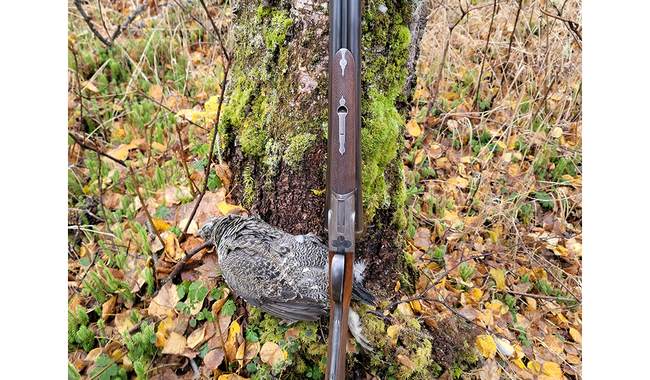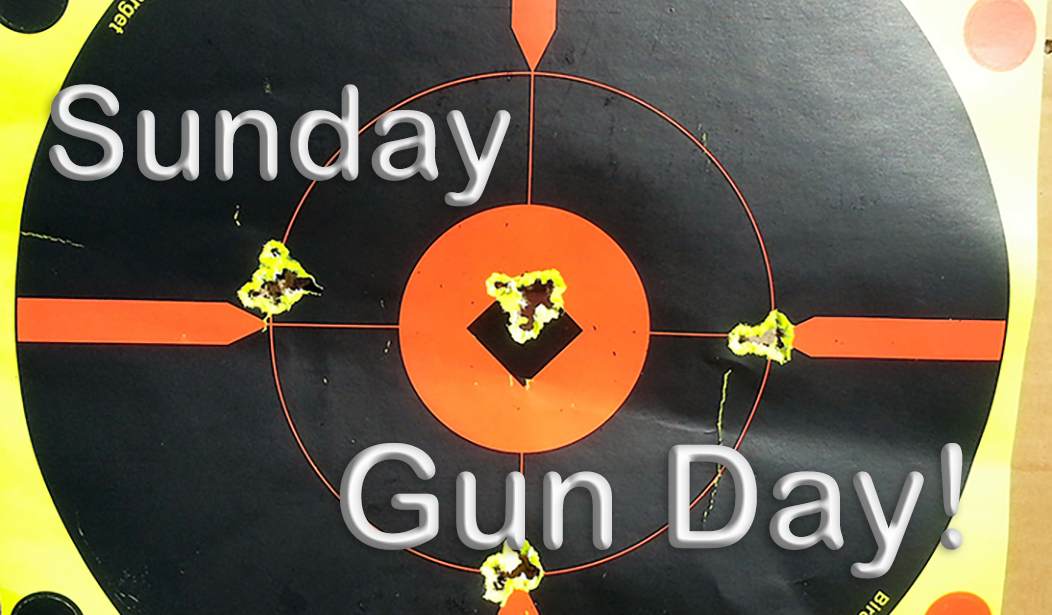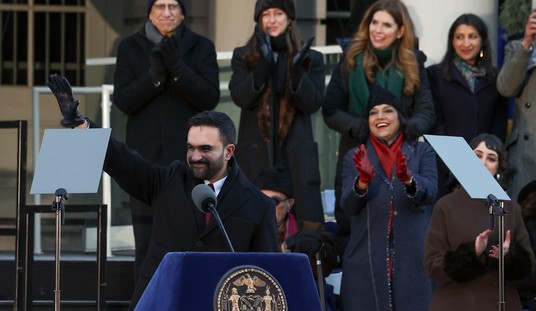A Great Old Gun
I have, in my gun safe, a one-of-a-kind piece that’s one of the prides of my collection. It’s a 12-gauge side-by-side sidelock, with Damascus barrels that were sleeved for nitro rounds. The gun was built in Birmingham, England, in 1892, and is marked with the name of its builder, Henry Tolley.
The Tolley is my favorite gun for wandering the woods for ruffed and spruce grouse. It’s a joy to handle, weighing a tad over 6 pounds, loaded. Ammo is an issue; it was designed for a 2 ½” shell with a roll crimp, and the only source I have found for low-pressure 2 ½” loads for the old gun is from a British manufacturer. Not cheap. But the Tolley is fast on the flush, and it knocks down sprucies and ruffies with authority.
Plus, nothing handles as sweetly as a well-made, well-balanced double gun.
See Also: Sunday Gun Day Vol. II Ep. XVI - Why a Double Gun?
If only this gun could talk! I bought it from a guy who lived in Montana. In 130-plus years, the gun made its way from Birmingham, England, to Montana, and now to Alaska; it would have some great stories to tell.
 Of course, it wasn’t the only gun Henry Tolley built. And here’s where a bit of mystery comes in; it may or may not have been a family business.
Of course, it wasn’t the only gun Henry Tolley built. And here’s where a bit of mystery comes in; it may or may not have been a family business.
The Tolley Family – Or Was It Families?
Records of the Tolleys are decidedly fragmentary. The family seems to have centered in and around Birmingham in the mid to late 19th century. There are reports of a James William Tolley who was born in 1832. He and his younger brother William, whose birth date is unknown, founded a gun company in Birmingham in 1858. In 1862, they described themselves as:
"Gun rifle and pistol manufacturers, Contractor for Military Arms, Breech Loading Guns, Pistols, also all guns suitable for the African markets"
In 1871, James Tolley acquired a stake in the Braendlin Armoury Company, Ltd. That company had a good reputation for side-by-side double guns, both rifles and shotguns.
So, where does Henry Tolley come in? Well, he may have been the son of James or William Tolley; we just plain don’t know. What we do know is that the Braendlin Armoury Company made some guns using Henry Tolley's patented “Giant Grip.” This patented idea was an attempt to strengthen the action of break-open side-by-side shotguns by placing an additional locking mechanism on the top lever and rib. The Vintage Gun Journal describes it thusly:
Extending back from the rib was a type of doll’s head, with a square-sided ‘L’ shaped profile, which slotted into the standing breech, with the short base of the ‘L’ pointing upwards. When closed, the hook projecting from the top lever mated laterally with the ‘L’ shaped doll’s head and added a third grip. The firm gave it the title ‘Giant Grip’ and I have seen examples from time-to-time; hammer guns and boxlocks. They have tended to feature on guns of decent but unremarkable quality and have always been a curiosity.
This rather Rube Goldbergian was not used on sidelock guns, like mine, or so it seems.
The Tolleys, related or not, went on making guns. James and William opened a shop in London in 1883, specializing in waterfowling guns. In time, they were appointed as official gunmakers to the King of Portugal and the Persian Royal Family, which in those days was a considerably less fraught honor than it would be today.
James Tolley died in 1916. His company was apparently purchased by another gunmaker, Holloway & Naughton, which produced guns under the Tolley name until 1955.
But what of Henry Tolley? What became of him?
As near as can be determined, Henry Tolley made guns under his own name from 1880 to 1892, which would make my example one of his final pieces. As to what happened to him after that, there just doesn’t seem to be much information. A mystery man, who built a fine hand-made shotgun – my example has some features indicating it was fitted by hand, including some tool markings inside the frame, not to mention the delicate hand engraving.
And somehow, almost a century and a half later, that gun still functions flawlessly, as many Alaskan spruce grouse would have testified had they not ended up in a stewpot.
See Also: Sunday Gun Day III - Great Guns for Small Game
What’s Left of Tolley’s Work?
Aside from my gun? Well, that’s a good question. While writing this piece, I took a quick look at my online gun auction site of choice, Gunbroker, and found precisely one Henry Tolley gun for sale, a 12-gauge side-by-side hammer double sans hammers, making it effectively unusable unless some clever gunsmith could fashion new hammers. I wouldn’t bother, personally, as the old gun doesn’t look to be in very good shape. Dropping the “Henry” and searching only for “Tolley” was much more productive, presenting a prospective buyer with a good selection of side-by-side shotguns, some of which look to be in excellent condition.
As with all such items, though, a smart buyer will have a gunsmith look over any such piece before firing it.
In this time of lowering (we hope) interest rates, old guns may be a better investment than stocks and bonds. I’m an avid gun buyer/shooter/trader myself, and I have to agree to the extent that I’ve never lost money on a gun deal. I’ve only ever broken even on one, and that was deliberate, as I was selling a rifle to a friend for what I had invested in it.
But for me, the thing that’s most fun about old guns is not the beautiful walnut, not the hand-cut checkering and engraving, not even the joy of seeing the slim double barrels cover a flushing grouse, hearing the soft bang of a low-pressure shotgun round going off and seeing the bird tumble to the forest floor. It’s not the pleasure of carrying a gun that weighs only a tad over six pounds in the game fields (After handling my Tolley double, I feel as though I’m swinging a telephone pole when I pick up my 12-gauge Browning Auto-5). Although, as I get older, I appreciate the lighter gun more all the time.
No, for me, it’s contemplating the history. I’m something of a history buff myself, and it’s always intriguing to contemplate all the places an old, old gun has been, who owned it, where they hunted with it, and how it came to be in my hands. My Henry Tolley double was purchased from a guy in Montana, and before that, I have no idea about the game fields it was in or who carried it hence.
That’s the best part.
Firearms, even modern ones, are robust and not terribly complex. Properly cared for, there’s no reason a fine firearm shouldn’t last a century or more. My Henry Tolley shotgun stands as proof of that.
Grouse season opens in a little less than two months!














